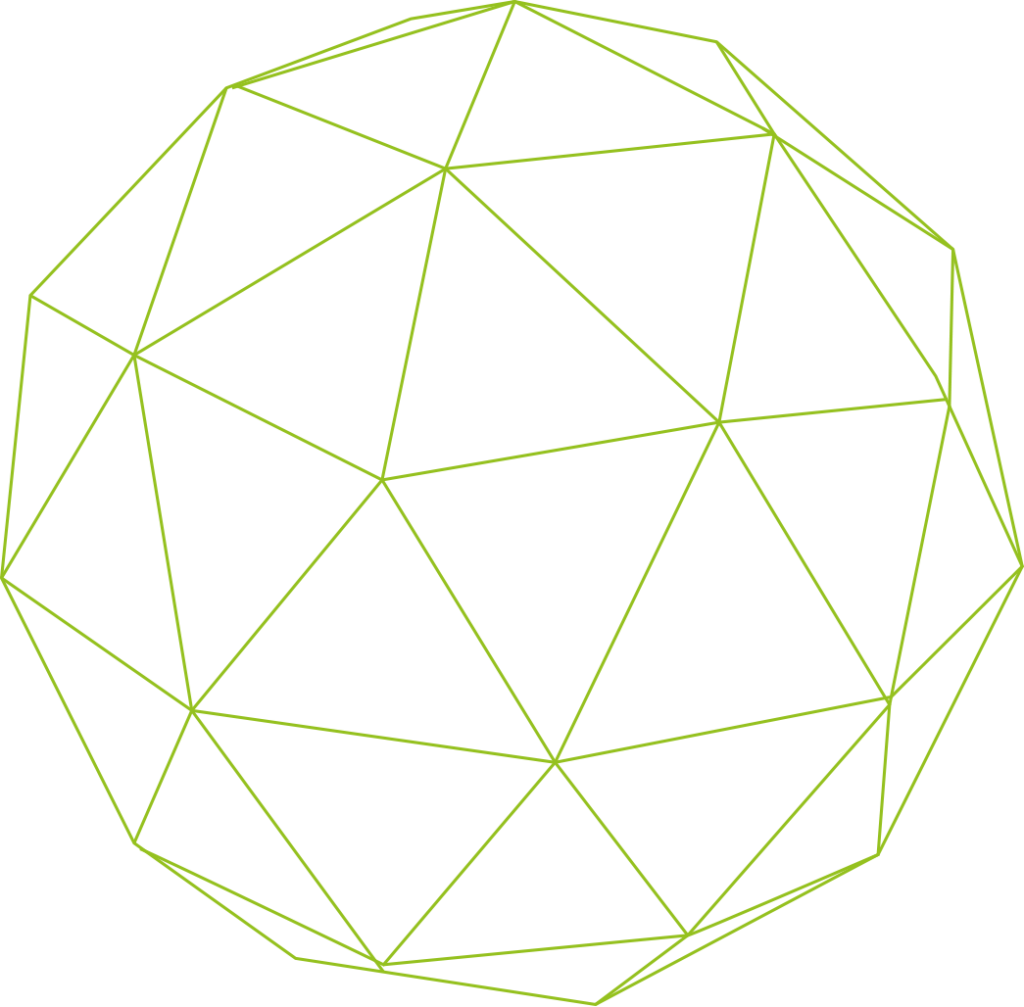Startseite » Materials » Metals » Copper
The precious metal copper and its alloys are irreplaceable for countless day-to-day and industrial applications, from gutters to wire for power electronics. Because 3D printing copper has very good thermal and electrical conductivity, an important area of application is in the production of thermal or electrical conductors such as heat exchangers, heat sinks and electronic components.
The impressive properties of 3D printing copper in additive manufacturing
The conductivity of copper is a major challenge for 3D printing. Only with the development of an innovative SLM process for processing pure copper has the cost-efficient 3D printing of pure copper been possible for several years. This is also possible for complex geometries with internal cavities and channel systems in a single work step and with outstanding quality
Which 3D printing copper alloy is recommended?
When selecting the optimal 3D printing copper alloy, there are a number of product-specific and process-related aspects to consider. To be able to reliably cover as many requirements as possible in additive manufacturing, we recommend using pure copper CuCP and the beryllium-free copper alloy CuNi2SiCr, which has very good corrosion resistance.

Fields of application of 3D printing copper
Powdered pure copper and copper alloys are used in 3D printing to produce components of all kinds that require good thermal and electrical conductivity. This includes a wide variety of electronic components, heat exchangers and heat sinks, as well as rocket components. Complex geometries are possible in series production and prototype construction, for example for electric motors.
Copper is a very good conductor of heat and electricity. However, it is precisely these properties that also pose a problem for conventional additive manufacturing processes. Because pure copper’s thermal conductivity reflects the radiation from conventional laser melting systems instead of absorbing it, copper powder could not be melted and printed until now. With the development of a special pure copper 3D printing process with green laser (pure copper laser sintering) and the further development of pure copper metal powders in recent years, cost-efficient 3D printing of high-quality pure copper parts is now directly possible.
Maximum installation space: 250 x 250 x 310 mm

The beryllium-free, thermally curable 3D printing copper alloy CuNi2SiCr combines good thermal and electrical conductivity with very good corrosion resistance and good mechanical properties. It retains its high strength even at high temperatures. CuNi2SiCr is therefore ideal for the 3D printing of electromechanical components for high-temperature applications. It is often used where components are subjected to high stress and neither pure copper nor copper alloys containing beryllium are an option.
Maximum installation space: 250 x 250 x 310 mm

Would you like a personalised offer or advice?
Get in touch with us!

FKM is a pioneer in selective laser sintering (SLS) and selective laser melting (SLM) in Germany and Europe. Since 1994, we have been part of a revolutionary rethinking process in the industry. Where tool and mould making used to determine the design rules, additive manufacturing with SLS and SLM is now changing entire production processes.
Sign up for our newsletter and receive free innovation news about industrial 3D printing.
Sie haben Fragen?
Nehmen Sie zu uns Kontakt auf.
Do you have any questions?
Please get in touch with us.